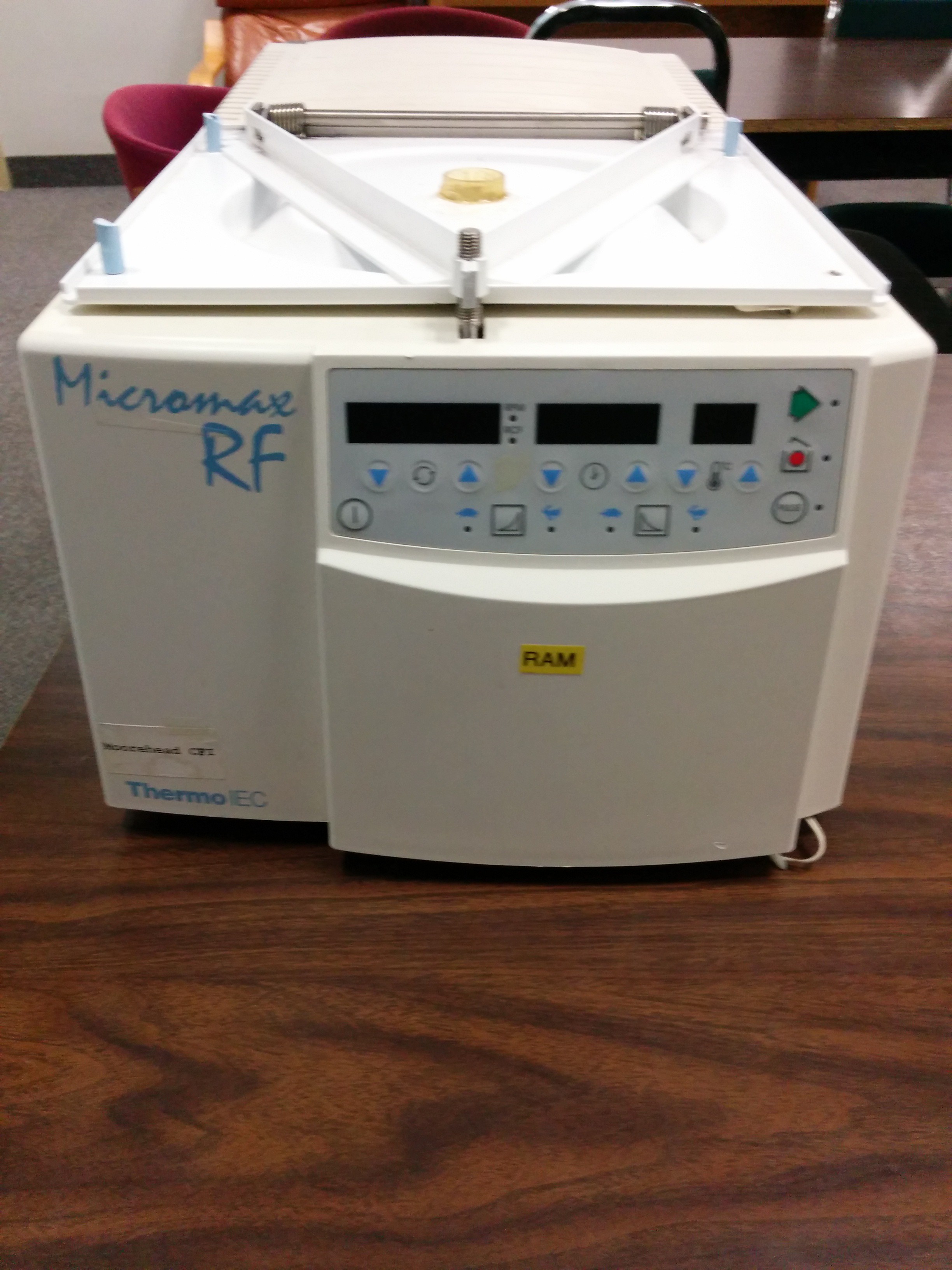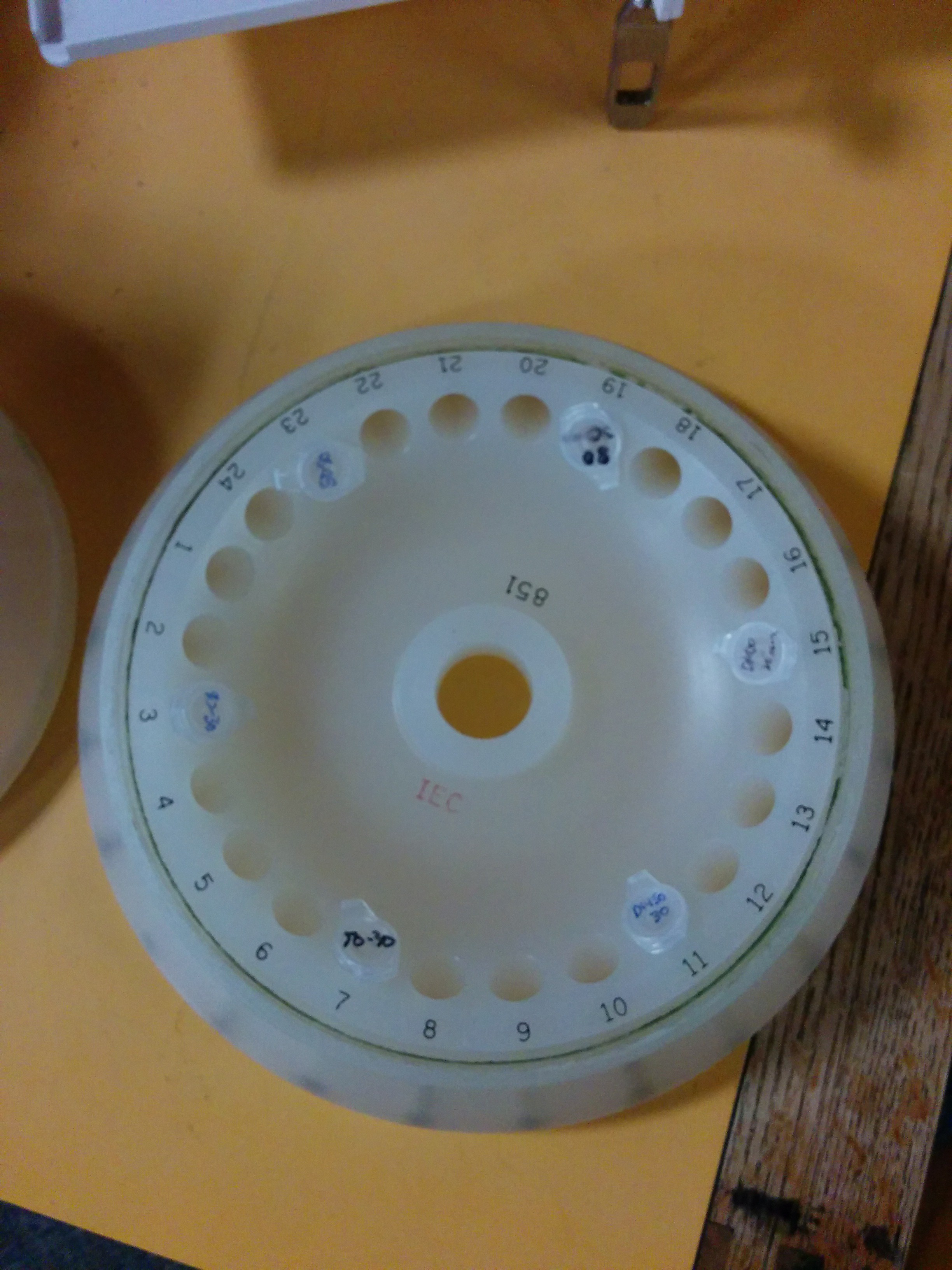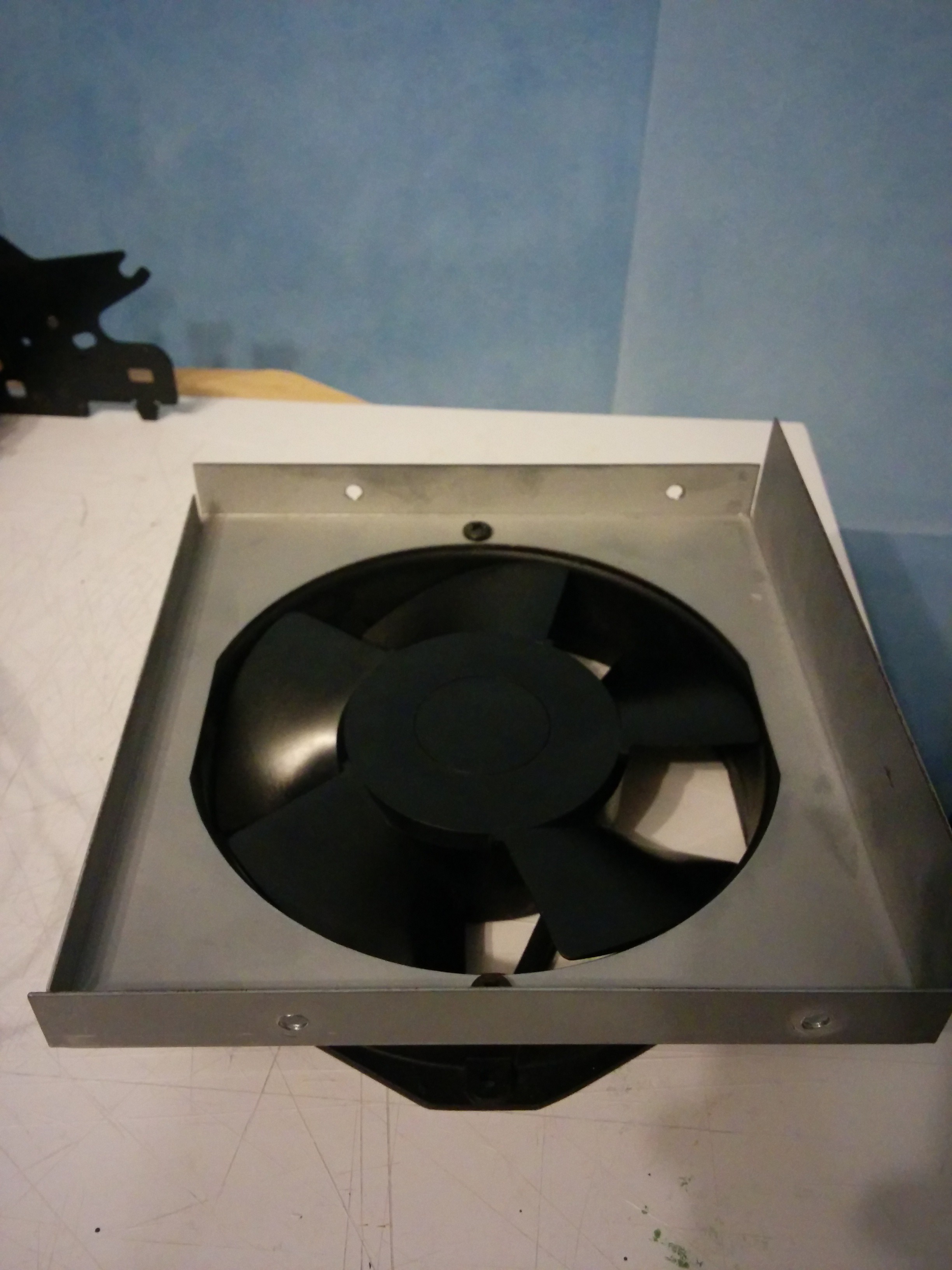Auxiliary Computer Cooler
A case mod and auxiliary cooling system for my gaming computer based on scrap parts.
A case mod and auxiliary cooling system for my gaming computer based on scrap parts.
To make the experience fit your profile, pick a username and tell us what interests you.
We found and based on your interests.
My initial design premise has the fan mounted on the outside of the case (which does not have enough space inside to mount something this large), with some basic control circuitry mounted in a box (also attached to the side of the case).
To mount the fan to the case, I'm going to cut the flanges off the fan's original mounting plate, drill holes in the corners, and bolt that to the side of the case, with the fan blowing inwards (to generate positive pressure inside).
The datasheet for the fan lists it as being able to push 166 CFM (which is more than the entire remainder of my cooling setup), but with the caveat that it generates 50 dBa while doing so (and I live in an environment with extremely noise-intolerant people). While using a potentiometer to throttle it is the most logical option, potentiometers capable of generating sufficient resistance on mains AC voltage without exploding are rather on the wrong side of expensive. Toggle switches, on the other hand, are cheap (and look really cool), and I already have a relay that I can use to switch the fan on and off (also salvaged from the centrifuge). I figure that I'll only need to turn this on when I'm REALLY pushing the CPU, so throttling it isn't really necessary.

To ensure the fan can only run when the computer is on, the switch side of the circuit will pull its power from the computer's power supply (either the motherboard fan headers or one of the 4-pin molexes on the PSU). The diagram shows the basic design of the circuitry (there really isn't much to it).

Occasionally, I find interesting bits of scientific apparatus on the junk pile - recently, a laboratory centrifuge turned up there, and I felt compelled to dismantle it (if nothing else, to see what was inside). After verifying that it didn't work, I cracked it open and found a large refrigeration apparatus, and, more alarmingly, some samples left in the chamber (which I delivered to the university's environmental health department to be disposed of properly). Taking the centrifuge apart actually took far longer than I expected, but eventually left me with a very large brushless motor (which powered the centrifuge element), a 240V relay, and a large and powerful case fan that runs on mains-voltage AC. I debated taking the refrigeration loop (or at least parts of it), but decided against it because I wasn't sure of whether it had been purged and didn't want to accidentally poison myself.
and, more alarmingly, some samples left in the chamber (which I delivered to the university's environmental health department to be disposed of properly). Taking the centrifuge apart actually took far longer than I expected, but eventually left me with a very large brushless motor (which powered the centrifuge element), a 240V relay, and a large and powerful case fan that runs on mains-voltage AC. I debated taking the refrigeration loop (or at least parts of it), but decided against it because I wasn't sure of whether it had been purged and didn't want to accidentally poison myself.
Removing the fan gave me the idea for this project - my gaming machine often overheats during intense gaming sessions, and I've been meaning to upgrade the cooling system for quite some time. It's attached to this metal plate, which was originally mounted to the centrifuge's radiator unit. I kept the plate because I feel like it might be useful in mounting it to the case.
the fan gave me the idea for this project - my gaming machine often overheats during intense gaming sessions, and I've been meaning to upgrade the cooling system for quite some time. It's attached to this metal plate, which was originally mounted to the centrifuge's radiator unit. I kept the plate because I feel like it might be useful in mounting it to the case.
Create an account to leave a comment. Already have an account? Log In.
Become a member to follow this project and never miss any updates